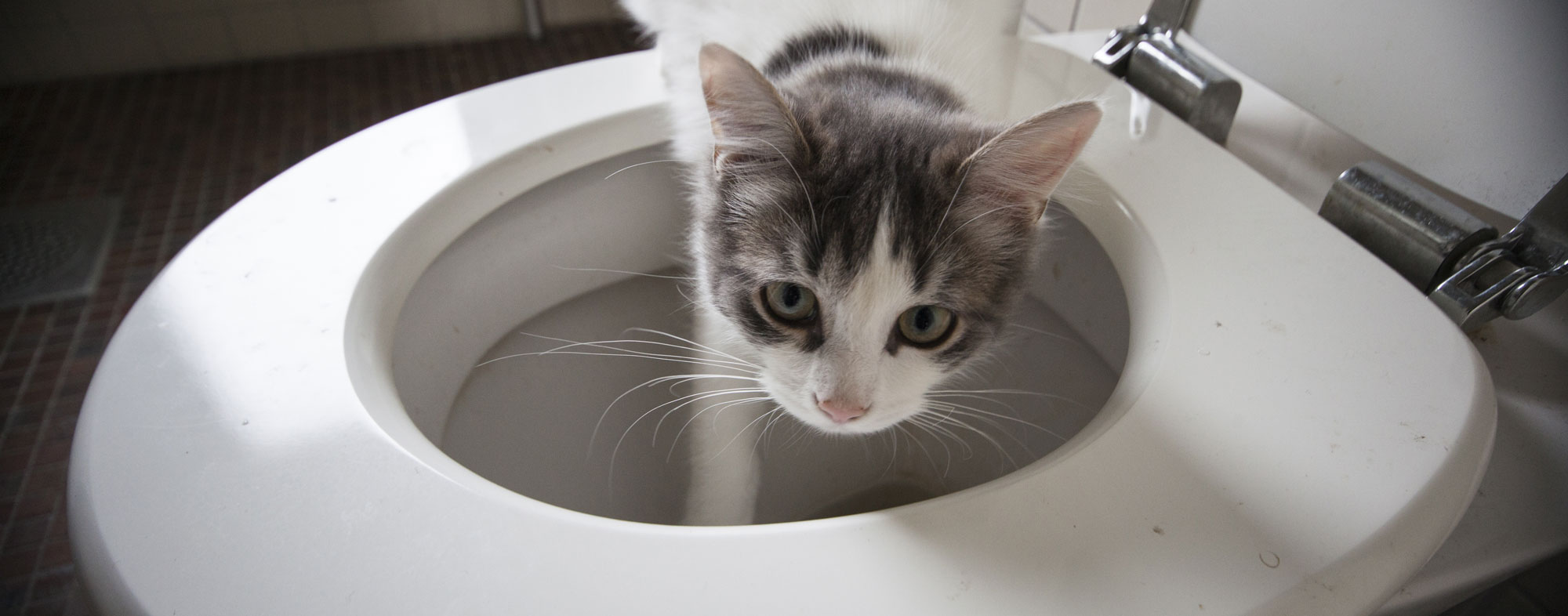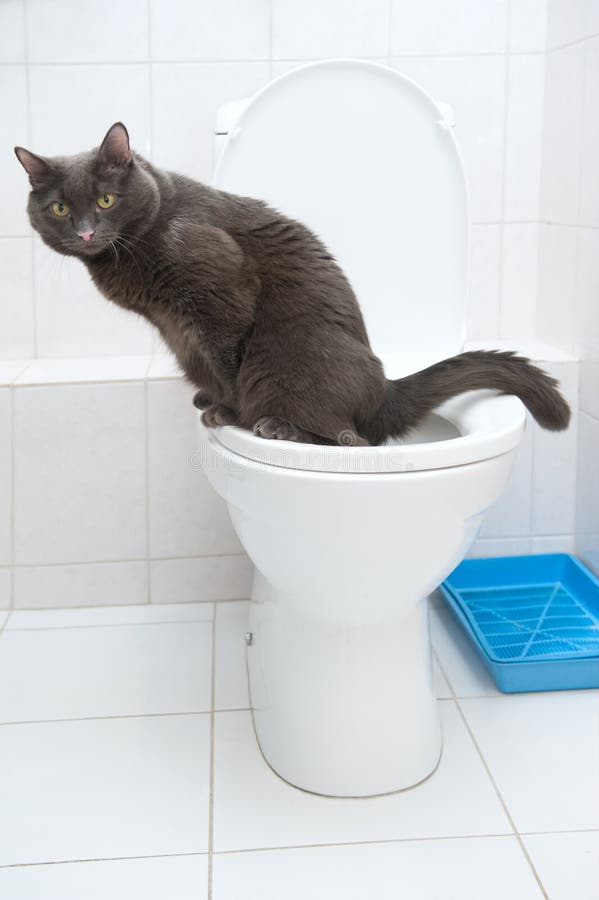Almost everyone has his or her own opinion on the subject of How to Dispose of Cat Poop and Litter Without Plastic Bags.

Intro
As pet cat owners, it's necessary to bear in mind exactly how we dispose of our feline pals' waste. While it may appear practical to purge feline poop down the bathroom, this practice can have harmful consequences for both the setting and human wellness.
Alternatives to Flushing
The good news is, there are safer and much more accountable means to deal with pet cat poop. Take into consideration the adhering to options:
1. Scoop and Dispose in Trash
The most common approach of getting rid of cat poop is to scoop it right into a biodegradable bag and throw it in the garbage. Be sure to use a devoted clutter inside story and take care of the waste promptly.
2. Use Biodegradable Litter
Choose eco-friendly feline litter made from materials such as corn or wheat. These clutters are environmentally friendly and can be securely dealt with in the trash.
3. Hide in the Yard
If you have a backyard, consider burying feline waste in an assigned location far from veggie yards and water resources. Be sure to dig deep enough to prevent contamination of groundwater.
4. Install a Pet Waste Disposal System
Invest in an animal waste disposal system particularly developed for feline waste. These systems utilize enzymes to break down the waste, decreasing odor and environmental influence.
Wellness Risks
Along with environmental issues, purging pet cat waste can likewise position health risks to human beings. Feline feces may have Toxoplasma gondii, a parasite that can create toxoplasmosis-- a potentially extreme disease, specifically for expecting females and individuals with damaged immune systems.
Ecological Impact
Purging cat poop presents harmful microorganisms and bloodsuckers into the water supply, posing a substantial danger to aquatic communities. These impurities can adversely affect marine life and concession water high quality.
Conclusion
Accountable pet possession prolongs beyond offering food and shelter-- it also involves proper waste monitoring. By refraining from purging feline poop down the commode and selecting different disposal approaches, we can decrease our environmental impact and shield human health.
Why Can’t I Flush Cat Poop?
It Spreads a Parasite
Cats are frequently infected with a parasite called toxoplasma gondii. The parasite causes an infection called toxoplasmosis. It is usually harmless to cats. The parasite only uses cat poop as a host for its eggs. Otherwise, the cat’s immune system usually keeps the infection at low enough levels to maintain its own health. But it does not stop the develop of eggs. These eggs are tiny and surprisingly tough. They may survive for a year before they begin to grow. But that’s the problem.
Our wastewater system is not designed to deal with toxoplasmosis eggs. Instead, most eggs will flush from your toilet into sewers and wastewater management plants. After the sewage is treated for many other harmful things in it, it is typically released into local rivers, lakes, or oceans. Here, the toxoplasmosis eggs can find new hosts, including starfish, crabs, otters, and many other wildlife. For many, this is a significant risk to their health. Toxoplasmosis can also end up infecting water sources that are important for agriculture, which means our deer, pigs, and sheep can get infected too.
Is There Risk to Humans?
There can be a risk to human life from flushing cat poop down the toilet. If you do so, the parasites from your cat’s poop can end up in shellfish, game animals, or livestock. If this meat is then served raw or undercooked, the people who eat it can get sick.
In fact, according to the CDC, 40 million people in the United States are infected with toxoplasma gondii. They get it from exposure to infected seafood, or from some kind of cat poop contamination, like drinking from a stream that is contaminated or touching anything that has come into contact with cat poop. That includes just cleaning a cat litter box.
Most people who get infected with these parasites will not develop any symptoms. However, for pregnant women or for those with compromised immune systems, the parasite can cause severe health problems.
How to Handle Cat Poop
The best way to handle cat poop is actually to clean the box more often. The eggs that the parasite sheds will not become active until one to five days after the cat poops. That means that if you clean daily, you’re much less likely to come into direct contact with infectious eggs.
That said, always dispose of cat poop in the garbage and not down the toilet. Wash your hands before and after you clean the litter box, and bring the bag of poop right outside to your garbage bins.
https://trenchlesssolutionsusa.com/why-cant-i-flush-cat-poop/

I came across that post on How to Dispose of Cat Poop and Litter Without Plastic Bags while browsing the web. Sharing is caring. You won't know, you will be helping someone out. I praise you for your time. Kindly come visit our website back soon.
Get Offer